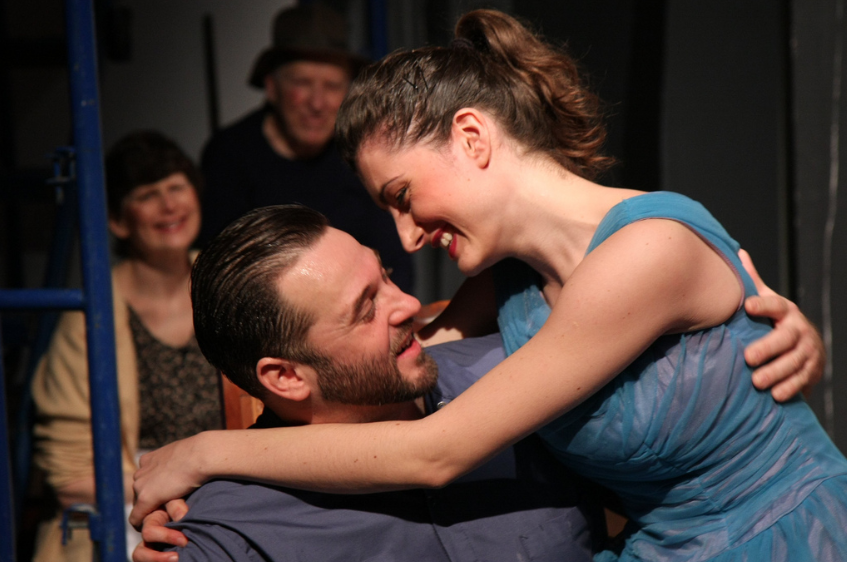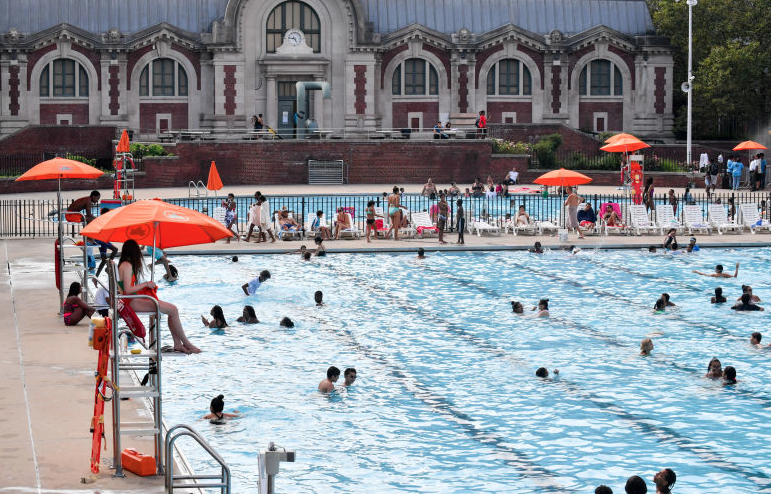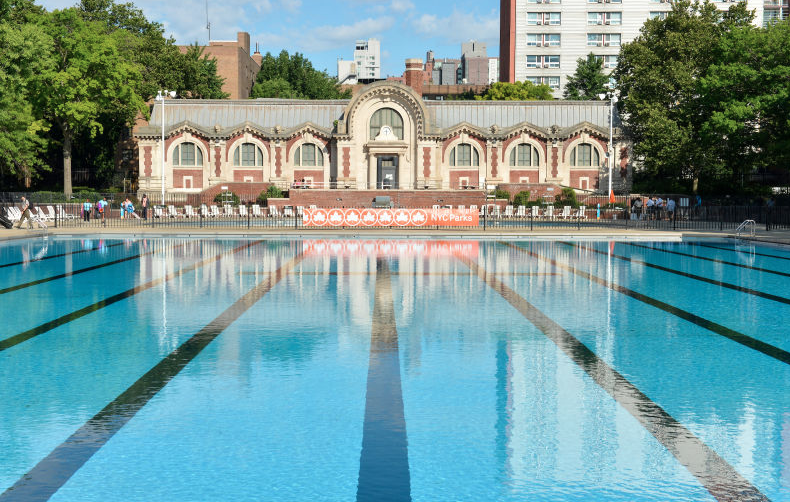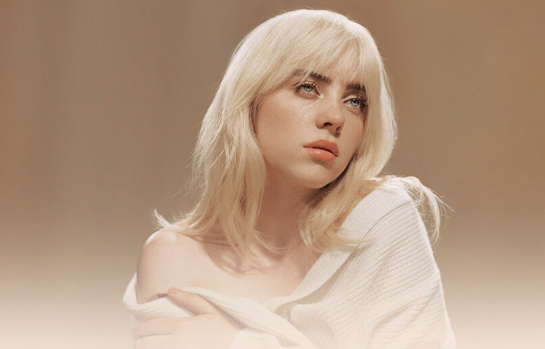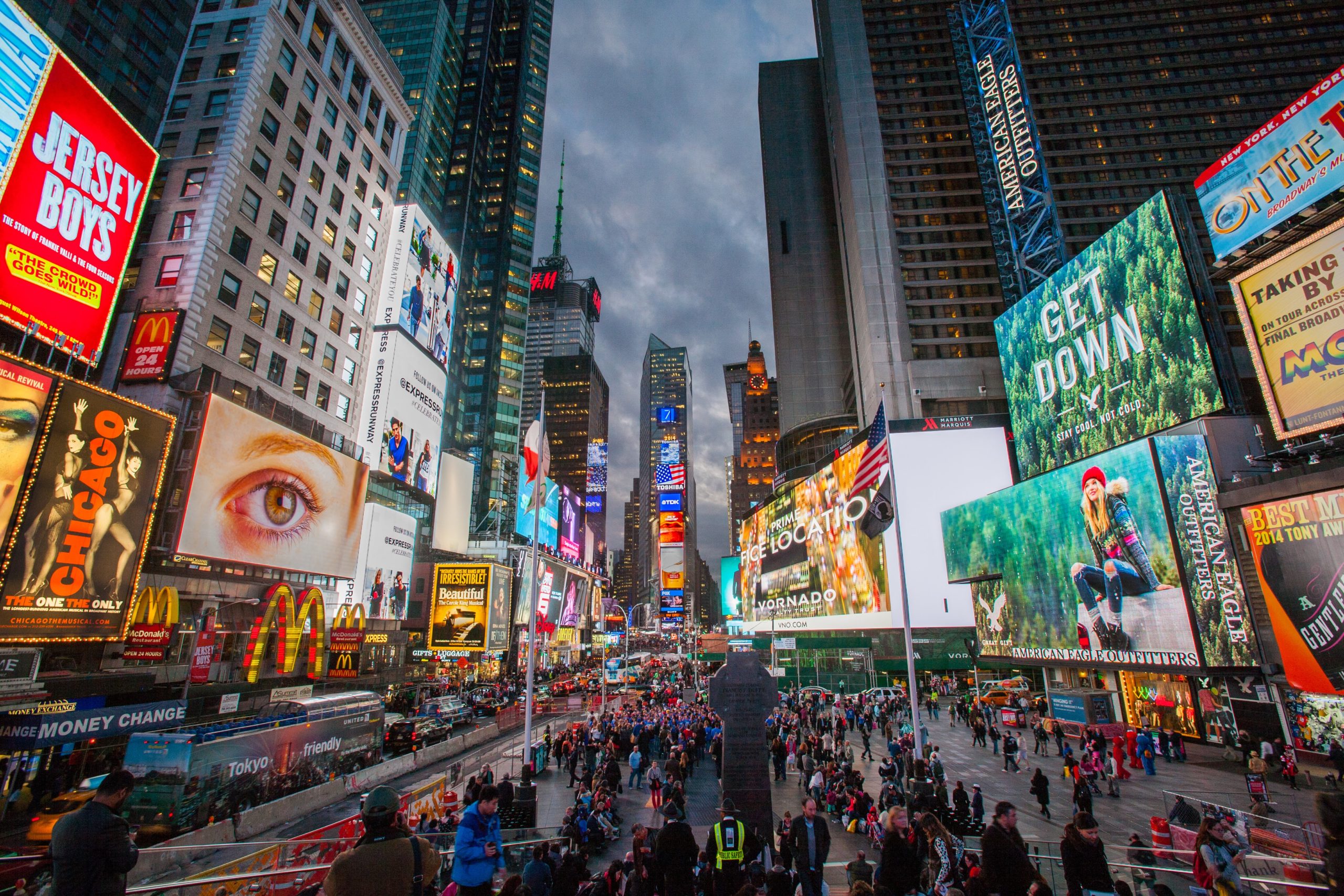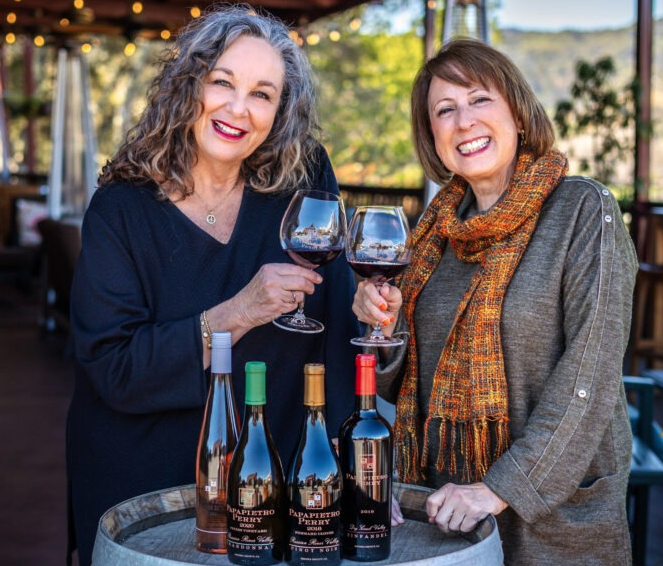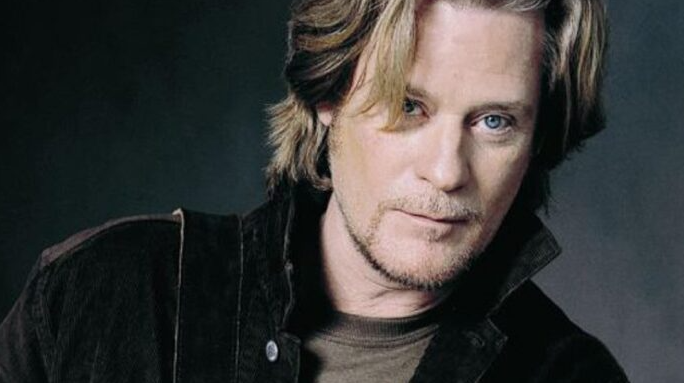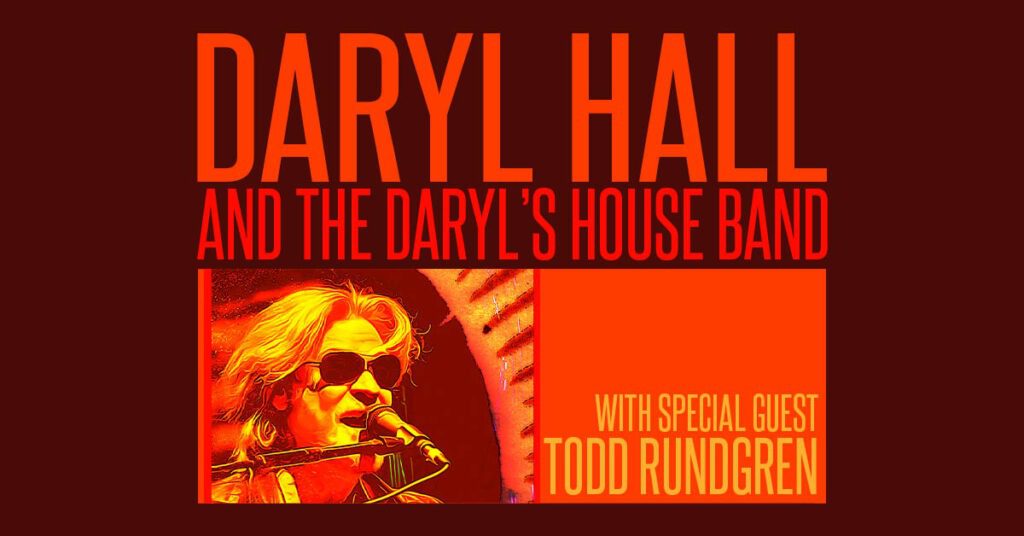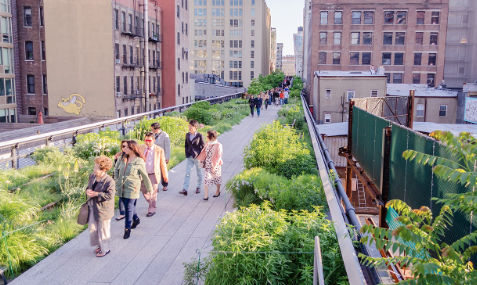Taste History and Enjoy Finger Lakes Most Delicious Wineries
Most Delicious Finger Laker Wineries
If you enjoy wine – especially white wine – a visit to the Finger Lakes should be your next trip.
The region, which includes 11 lakes in New York, makes a great escape from New York City and other Mid-Atlantic and New England areas for a weekend or more – the Finger Lakes is also a great cross-country flight.
The Finger Lakes is also an especially popular destination for romantic getaways and girls trips like bachelorette parties.
The best Finger Lakes for wineries
Look for wineries on Canandaigua, Keuka, Seneca and Cayuga lakes.
The heart of Finger Lakes wine country, these lakes each have a designated wine trail – though new growth and wine tasting rooms are popping up elsewhere in the region too.
Boundary Breaks
Grapes will grow almost anywhere. But to make the finest wines, you need to choose the grape varieties that are suited to the climate of the region and to your vineyard location.
In the cool climate of the Finger Lakes, the best place to grow grapes is close to the lake. And the deeper the lake, the better.
Seneca Lake is the deepest of the eleven Finger Lakes in Central New York. Even though winter temperatures can fall below zero, Seneca Lake rarely freezes over.
Cool-climate varieties include Riesling, Gewurztraminer and Cabernet Franc.
At Boundary Breaks, they grow each of these varieties and produce wines that express the full range styles that are possible from such classic grapes.
Related:
Harry Styles Returns to New York City ‘Love On Tour’ Aug 28 – Sept 21
Dr. Konstantin Frank Winery
Dr. Konstantin Frank ignited the “Vinifera Revolution” a movement that forever changed the course of wine growing in the Finger Lakes and the United States.
Dr. Frank’s vision, knowledge and determination are credited with elevating the New York wine industry from a state of happy mediocrity to a level that today commands world attention.
Their philosophy is to maintain the legacy built by our founder by continuously producing the highest quality wines from our vinifera vines.
Varieties such as Riesling, Chardonnay, Pinot Noir, and most recently, Gruner Veltliner are prized and beloved at our winery.
Our pioneering spirit pushes us to build upon our traditional foundation constantly innovating our methods.
Related:
O-Neh-Da and Eagle Crest Vineyards
Hemlock Lake is home to O-Neh-Da and Eagle Crest Vineyards.
Nature inspires their wine making today.
They honor each unique cool-climate harvest, producing unadulterated local wines at a fair price. Amidst 6,684 acres of State Forest Land, come find their vineyard and winery, home to New York State’s oldest Bald Eagle nests.
A spirit of good stewardship informs their vineyard practices and packaging choices today. Eagle Crest wines are perfectly preserved and packaged in recycled glass, with soy-based inks and resealable Stelvin® closures.
They hope their wines bring Joy to your daily life and increasing discernment and appreciation for Balance and Beauty.
Varietals include chardonnay, riesling, red blends and more!
Element Winery at F.L.X. Provisions
Made by Christopher Bates—Winemaker, Master Sommelier & Executive Chef
Element Winery is a small production winery founded in 2009 with a mission to create high quality wines that are distinctively Finger Lakes.
With over 25 years of experience in the wine and hospitality industry, Master Sommelier and restauranteur, Christopher Bates is pushing the limits of expectations and expanding the definition of what is possible in the Finger Lakes.
Working with grapes from different soils, sites, and growers, Element aims to create world-class wines that are wholly representative of the extreme climate and terroir.
In addition to producing white wines, Element is focused on producing red wines that have the potential to redefine the Finger Lakes region.
Fox Run Vineyards
Long before the hundreds of travelers, wine-tasters, and oenophiles graced the tables and tasting bars of Fox Run, it was cows that explored the property.
Fox Run was a dairy farm for more than a century.
It wasn’t until 1984 that the first grapes were planted. Fox Run founders, Larry and Adele Wildrick, transformed the Civil War-era dairy barn into a winemaking facility in 1990.
In 1994, Scott Osborn and his first business partner, Andy Hale, purchased the winery from the Wildricks. Now with 50 acres of east-facing vineyards on glacial soils, the winery produces a remarkable range of limited-production, estate wines.
Since those early days, Scott has been working closely with winemaker Peter Bell.
Peter brings a science-based, rationalist approach to winemaking. His team aims to achieve full creative expression within each variety of grape, giving Fox Run an abundance of delicious and refreshing wines.
This wouldn’t be possible without the prowess of Vineyard Manager, John Kaiser, who has worked the land at Fox Run since the first grapes were planted in 1984.



